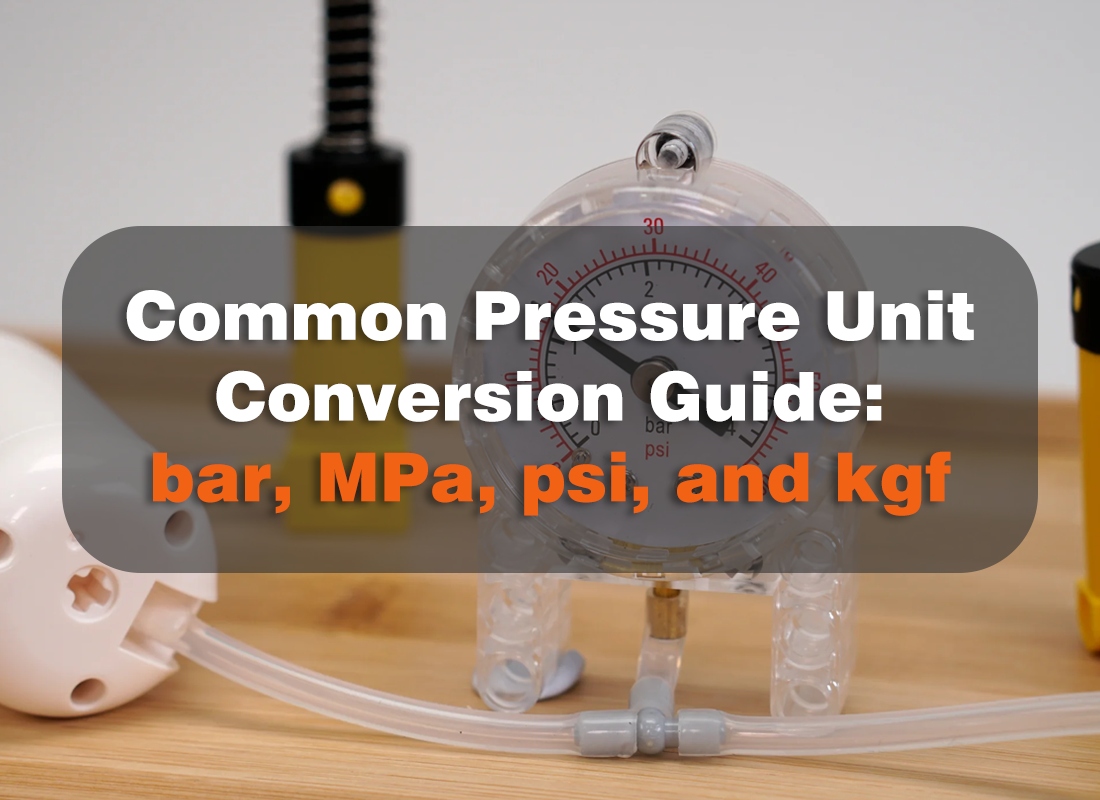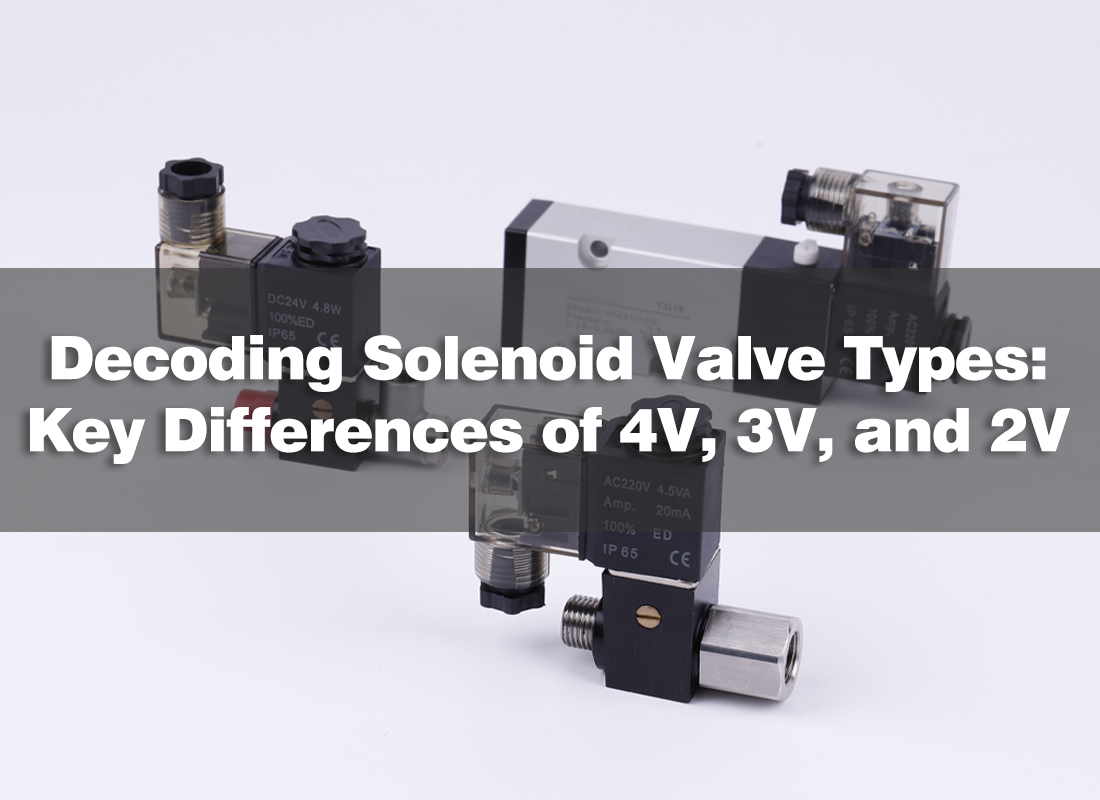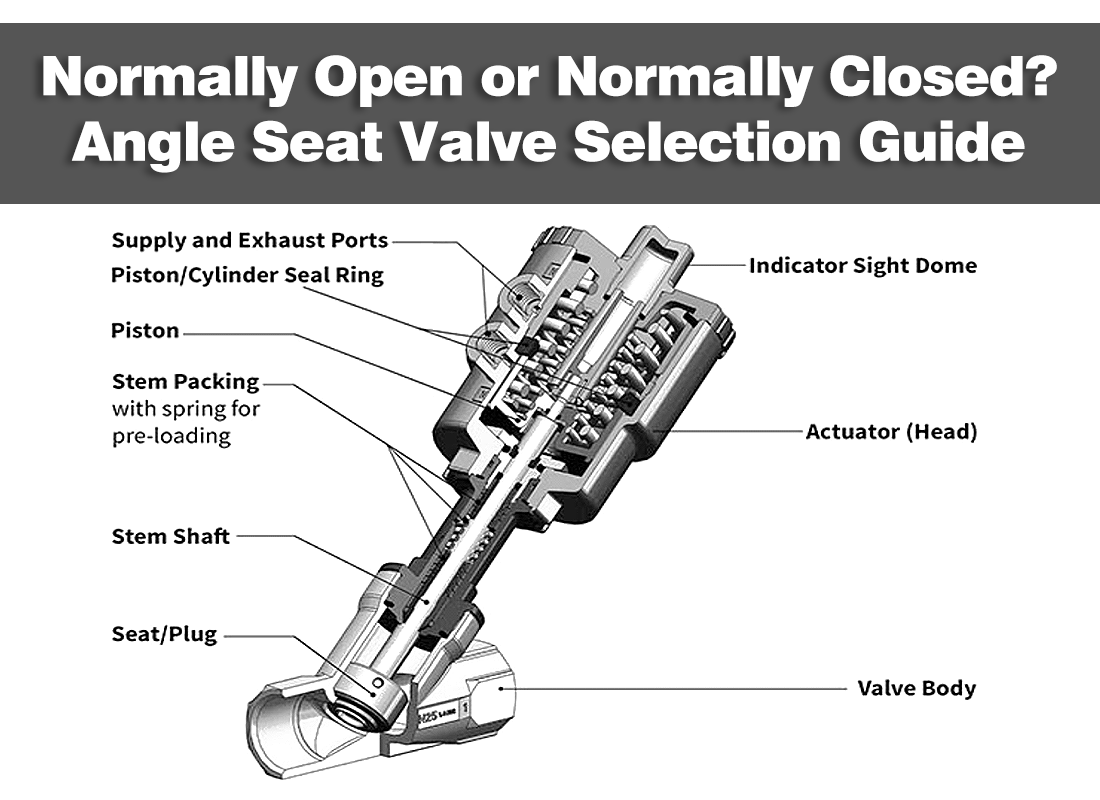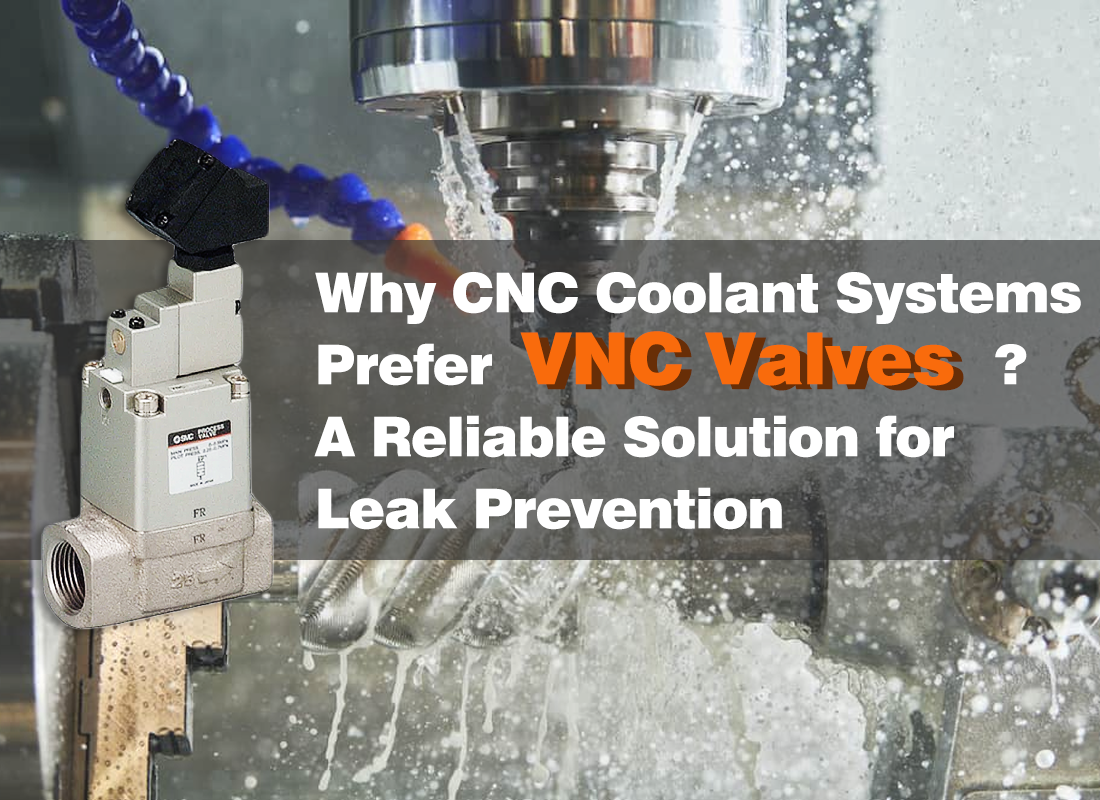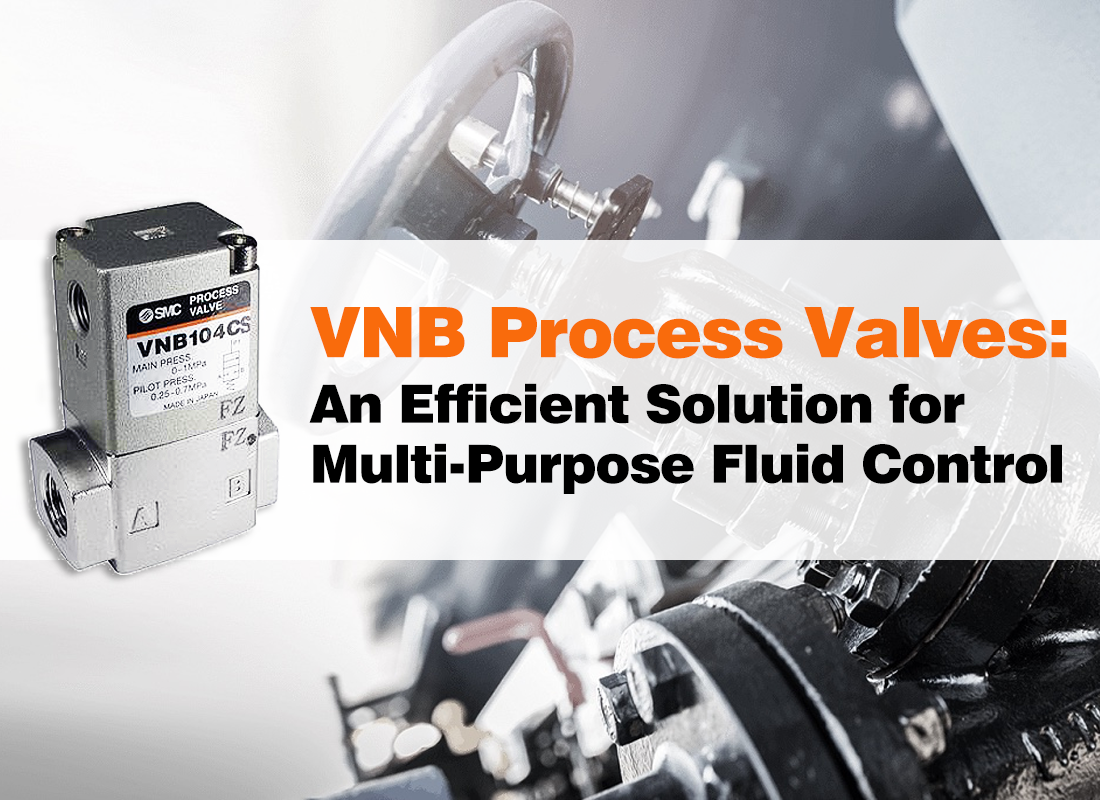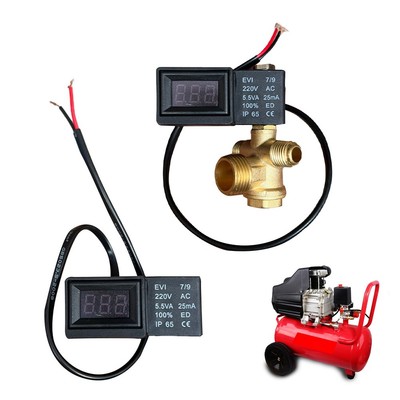1. Is it operating normally?
• Is the solenoid coil functioning?
• Is the air circuit switching properly?
• Is the air supply pressure normal?
• Is the power on/off state switching correctly?
2. Are there any abnormal conditions?
• Is there any air leakage?
• Is there any blockage?
• Is the operation delayed or stuck?
• Is the exhaust flow smooth?
Electrical Inspection
Power Supply Voltage
Check whether the power supply meets the solenoid valve’s nameplate requirements.
Coil Operating Condition
Listen for a “click” sound when powered on;
Check if the coil is overheating or burnt out;
Use a multimeter to measure if the coil resistance is normal.
Wiring and Terminals
Check that wiring is secure, well-protected, and free from looseness or short circuits.
Electrical inspection ensures the solenoid coil can be properly energized and de-energized, preventing valve malfunction or abnormal operation caused by electrical faults, thereby guaranteeing the accuracy and stability of system control.
Pneumatic Inspection
Air Supply Pressure
Check whether the inlet air pressure is within the allowable range;
Use a pressure gauge to confirm pressure stability.
Air Quality
Ensure there is no water, oil, or impurities in the air;
Check that the air treatment units are functioning properly.
Pipeline Connections
Verify that all fittings are secure;
Use soapy water to check for air leaks.
Pneumatic inspection ensures that the air supply pressure and quality meet requirements, preventing issues such as insufficient pressure, blockage from impurities, or leaks that can cause sluggish or faulty operation, thereby ensuring smooth operation of the pneumatic system.
Mechanical Inspection
Valve Core Movement
Check whether the valve switches smoothly after energizing;
Check for any sticking or delayed movement of the valve core.
Internal Contaminants/Blockages
During disassembly, inspect for carbon deposits, rust, dust, or other blockages inside the passages.
Sealing Performance
Check for aging or damage of seals, valve body, and other components;
Inspect for any internal or external leakage.
Mechanical inspection helps prevent sluggish valve operation, air leakage, or failure to close caused by mechanical sticking, internal contamination, or seal damage, ensuring the mechanical reliability and airtightness of the valve.
Control Response Inspection
Operating Frequency
Check whether the valve can respond quickly to control signals;
Verify if the response is delayed or if there is no action.
Reset Function
Confirm whether the valve can properly reset after power on and power off.
Control response inspection ensures that the solenoid valve can quickly and accurately respond to control commands and reset timely, meeting the speed and precision requirements of industrial automation and preventing delays that could affect production flow.
Environment and Installation Conditions
Correct Installation Orientation
Some models require specific installation directions.
Environmental Compatibility
Check for the presence of corrosive gases, high temperature, high humidity, vibration, or other adverse factors in the surrounding environment.
Maintenance Space
Ensure that the installation location allows for easy maintenance and replacement in the future.
Ensuring installation complies with design specifications helps prevent premature equipment failure or maintenance difficulties caused by improper installation or harsh environments, thereby extending equipment lifespan and reducing maintenance costs.
Comparison of Inspection Differences: Pneumatic Solenoid Valves vs. General Solenoid Valves
| Inspection Aspect | Solenoid Valve | Pneumatic Solenoid Valve |
| Control Method | Electromagnetic drive only | Electromagnetic + pneumatic pilot control |
| Power Supply Voltage Check | Must be checked | Equally important |
| Coil Condition Check | Routine item | Same, but fault impact may be less critical |
| Main Valve Operation Check | Mainly relies on electromagnetic force | Must check if air supply can drive main valve operation |
| Pilot Air Circuit Check | No pilot air circuit or internal pilot | Must check if external air pilot interface is unobstructed, no blockage or leakage |
| Air Supply Pressure Check | Usually not involved | Key inspection point; insufficient pressure causes main valve not to operate |
| Air Quality Check | Usually ignored | Must be emphasized |
| Exhaust Flow Check | Usually fewer issues | Must check if exhaust port is blocked, affecting switching |
| Control Signal Response | Whether electrical signal can drive valve core action | Must check if electrical signal can drive pilot valve, then control air-operated main valve |
In summary, the inspection of pneumatic solenoid valves is more comprehensive and involves more steps. It requires ensuring multiple conditions such as proper electrical signals, sufficient air pressure, and unobstructed air circuits. In contrast, ordinary solenoid valves have a simpler structure, making inspection relatively easier—mainly focusing on the power supply and coil condition.



